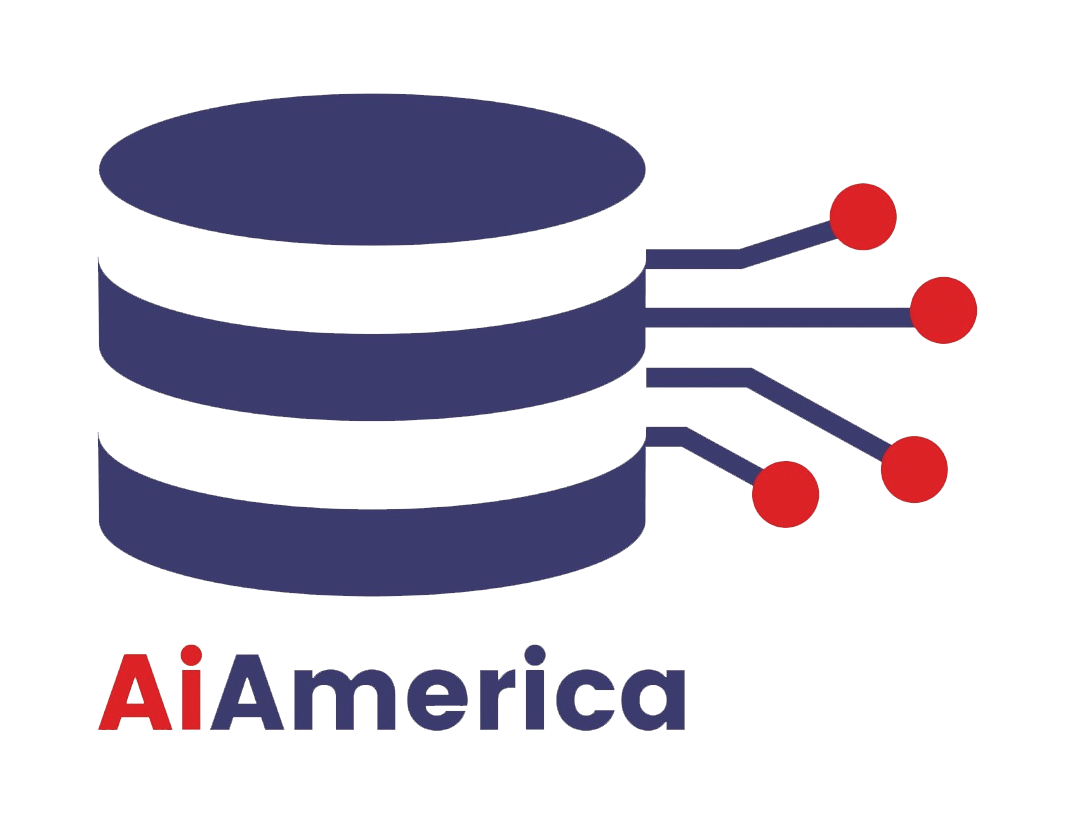
Retrieval-Augmented Generation (RAG) and LangChain, when combined, create a powerful synergy that elevates AI applications by integrating dynamic information retrieval with sophisticated language model workflows. This fusion enables AI systems to generate responses grounded in up-to-date, contextually relevant external knowledge, while also managing complex reasoning, multi-step tasks, and real-time data interactions.
How RAG and LangChain Complement Each Other
- RAG Focus: RAG models primarily enhance language model outputs by retrieving pertinent documents or data chunks from large external corpora or databases at inference time. This retrieval step grounds the responses in actual facts, addressing limitations around fixed training datasets and reducing hallucinations.
- LangChain’s Role: LangChain acts as a modular framework that orchestrates language models alongside various tools, APIs, vector databases, and memory components to build sophisticated, chainable workflows. It manages how LLMs access, process, and interact with retrieved data, enabling seamless integration into real-world applications.
By combining RAG’s retrieval mechanism with LangChain’s workflow and agent infrastructure, developers can build AI systems that:
- Retrieve relevant knowledge from documents, web pages, APIs, or databases.
- Process and distill retrieved information effectively.
- Generate detailed, accurate, and context-aware responses.
- Maintain conversational context over multiple interactions via memory.
- Dynamically invoke external tools or APIs for complex, autonomous workflows.
Typical Workflow in a Combined RAG-LangChain System
- Document/Data Loading: Using LangChain’s data loaders, content from PDFs, databases, web pages, or other sources is ingested.
- Text Processing & Embeddings: The content is broken into manageable chunks and converted into semantic embeddings stored in vector databases (e.g., Pinecone, Weaviate).
- Query Embedding & Retrieval: When a user query arrives, it is embedded, and the system retrieves the most semantically similar documents.
- Contextual Prompting: The retrieved documents are fed into the prompt templates managed by LangChain, which crafts a query context for the language model.
- Response Generation: The language model generates an answer or output based on the retrieved context.
- Continuous Interaction: LangChain’s memory modules maintain state and context for ongoing multi-turn conversations or follow-up queries.
- Agentic Actions: If required, LangChain-enabled agents can call external APIs or perform actions autonomously based on the query and retrieved data.
Benefits of Integrating RAG with LangChain
- Improved Accuracy and Relevance: Responses are grounded in specific, dynamically retrieved documents, making answers more accurate and up to date.
- Flexibility: Easily incorporate various data types, models, and external services to handle diverse use cases.
- Scalability: Update the knowledge base without retraining models simply by refreshing stored documents or APIs.
- Modularity & Reusability: Build reusable chains and agents that streamline complex workflows across applications.
- Enhanced User Experience: Provide intelligent, conversational AI that can remember context, handle intricate tasks, and fetch real-time information.
Real-World Use Cases
- Intelligent Customer Support: Help desks that use RAG to fetch relevant product documentation through LangChain-managed conversational agents.
- Academic Research Assistants: Systems that retrieve and summarize scientific literature from vast databases.
- Enterprise Knowledge Management: AI that combines corporate documents, emails, and reports to answer business queries efficiently.
- Personalized Learning Platforms: Educational tools tailored with contextually relevant reading or explanations sourced dynamically.
- Multimodal AI Systems: Integrating RAG with LangChain agents that handle text, images, or even API calls for comprehensive interactive experiences.
Example Code Snippet of RAG with LangChain
pythonfrom langchain.chains import RetrievalQA
from langchain.vectorstores import Pinecone
from langchain.llms import OpenAI
# Initialize vector store with embeddings
vector_store = Pinecone(index_name="your_index")
# Initialize LLM
llm = OpenAI(model_name="gpt-4o")
# Create a retrieval-based QA chain
qa_chain = RetrievalQA.from_chain_type(llm=llm, retriever=vector_store.as_retriever())
# Query the system
query = "Explain the benefits of combining RAG and LangChain."
answer = qa_chain.run(query)
print(answer)
Summary
The combination of RAG and LangChain leverages the power of retrieval-augmented language models with an advanced development framework to build smarter, scalable, and context-aware AI applications. This integrated approach supports dynamic knowledge access, multi-turn conversations, and autonomous agent actions, making it a leading paradigm in contemporary AI solution development.









